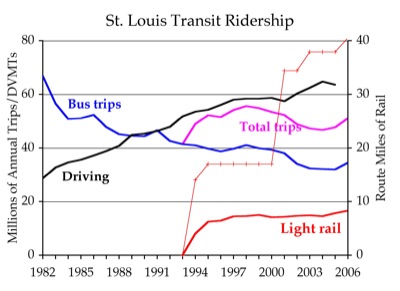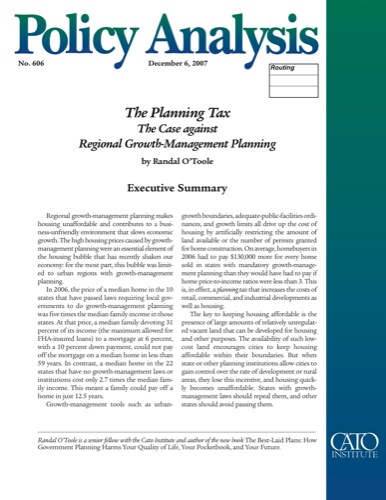We have a spate of light-rail follies this week. First up: Crime on Portland’s “MAX” light rail has gotten so bad that, in November, Oregon’s governor directed state police to ride the rails regularly to protect passengers from assaults. “I am absolutely adamant that its citizens feel safe at all times in using a fine mass transit system,” said the governor.
Grateful representatives of TriMet, Portland’s transit agency, expressed confidence that the troopers would be able to solve the gang-related crime problems that have plagued the light-rail system. The troopers “will allow us to better work out a long-term solution with local law enforcement people,” said TriMet’s public services director.
While potential passengers might look upon this action with relief, the only problem is that it happened in November, 1988. When TriMet opened the light-rail line in 1986, it eliminated its transit police because it did not have enough money to both operate light rail and offer passenger security. The light rail gave drug dealers and other inner-city criminals easy access to the suburbs, and soon they were intimidating and assaulting riders.











